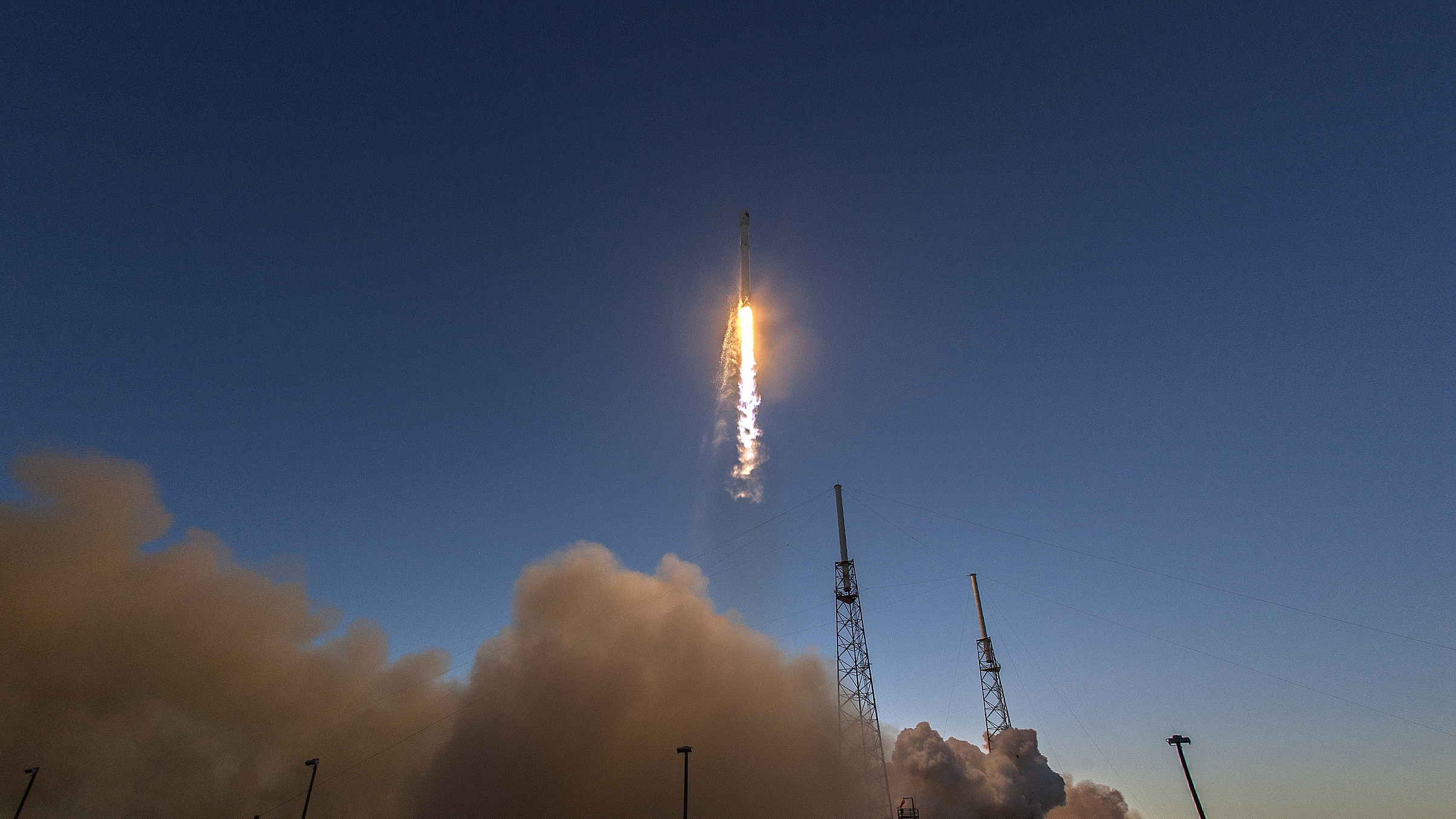
Science
15:03, 02-Jun-2019
NASA to launch rockets from northern Australia spaceport in 2020
CGTN

The U.S. National Aeronautics and Space Administration (NASA) has chosen northern Australia for its first-ever launch from a privately-owned site.
The U.S. space agency on Friday night announced it will work with the Equatorial Launch Australia (ELA) to launch four rockets from the Arnhem Space Center in Northern Territory, 700 km east of Darwin, in 2020.
"This is the single most important event to date in putting the Australian space industry on the global map and will open the doors to growth and job opportunities in the Australian space industry," ELA chief Carley Scott told News Corp Australia.
"NASA has not launched from a non-government launch site anywhere else in the world and the decision by NASA to partner with ELA in Australia firmly embeds Australia as a serious part of the global space sector.
"It's exciting to be pioneering the development of commercial space launch services in Australia and it's even more rewarding to be doing it with one of the world's leading space agency and one synonymous with cutting-edge space exploration."
Following the landmark announcement, Australia's Minister for Industry, Science and Technology Karen Andrews on Saturday declared that space tourists could be departing from South Australia (SA) within five years.
She told News Corp that the SA-based Australian Space Agency (ASA) is in discussions with Virgin Galactic about how to make Adelaide a space tourism hub.
Under the current plan, spacecraft would use a commercial runway at Adelaide Airport to take off.
Passengers will experience three minutes of zero gravity before seeing iconic Australian attractions such as the Great Barrier Reef or Uluru from 100 km above the Earth.
Andrews said that Australia would target passengers from China and southeast Asia.
"I'm very keen to develop space tourism here in Australia. We've already got some keen players in the northern hemisphere, the United States, in particular, they are looking at taking people up on space flights. We're ideally located in the southern hemisphere," she said.
"What's being planned is three minutes of weightlessness. We know that there's a market. Clearly, the cost of space travel will come down over time,"
"We're probably looking at a five-year timeframe. It wouldn't just be the space trip. They'd come to stay."
Virgin Galactic flew test passengers into space for the first time in February. Their flights currently cost approximately 250,000 Australian dollars per passenger but that figure is expected to fall before they launch in Australia.
Steven Marshall, the premier of SA, said the international interest was a sign that Australia's space industry was burgeoning.
The ASA launched in July 2018 with the goal of tripling the annual value of Australia's space sector to 12 billion Australian dollars (8.33 billion U.S. dollars) by 2030.
"This is just an indication of the worldwide interest we are receiving and the tip of the iceberg. Our state now has an enormous competitive advantage by having the national space agency located in Adelaide," Marshall said.
Source(s): Xinhua News Agency

SITEMAP
Copyright © 2018 CGTN. Beijing ICP prepared NO.16065310-3
Copyright © 2018 CGTN. Beijing ICP prepared NO.16065310-3